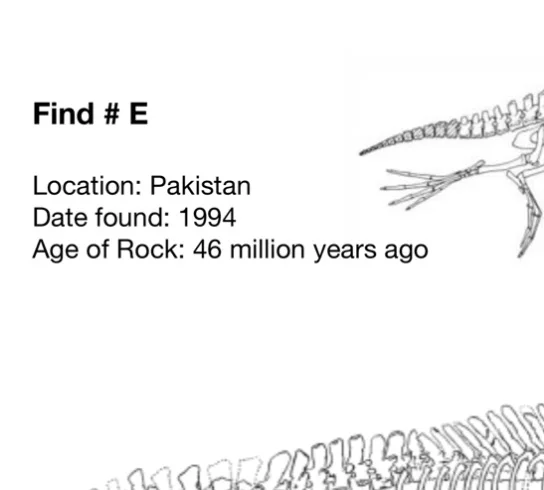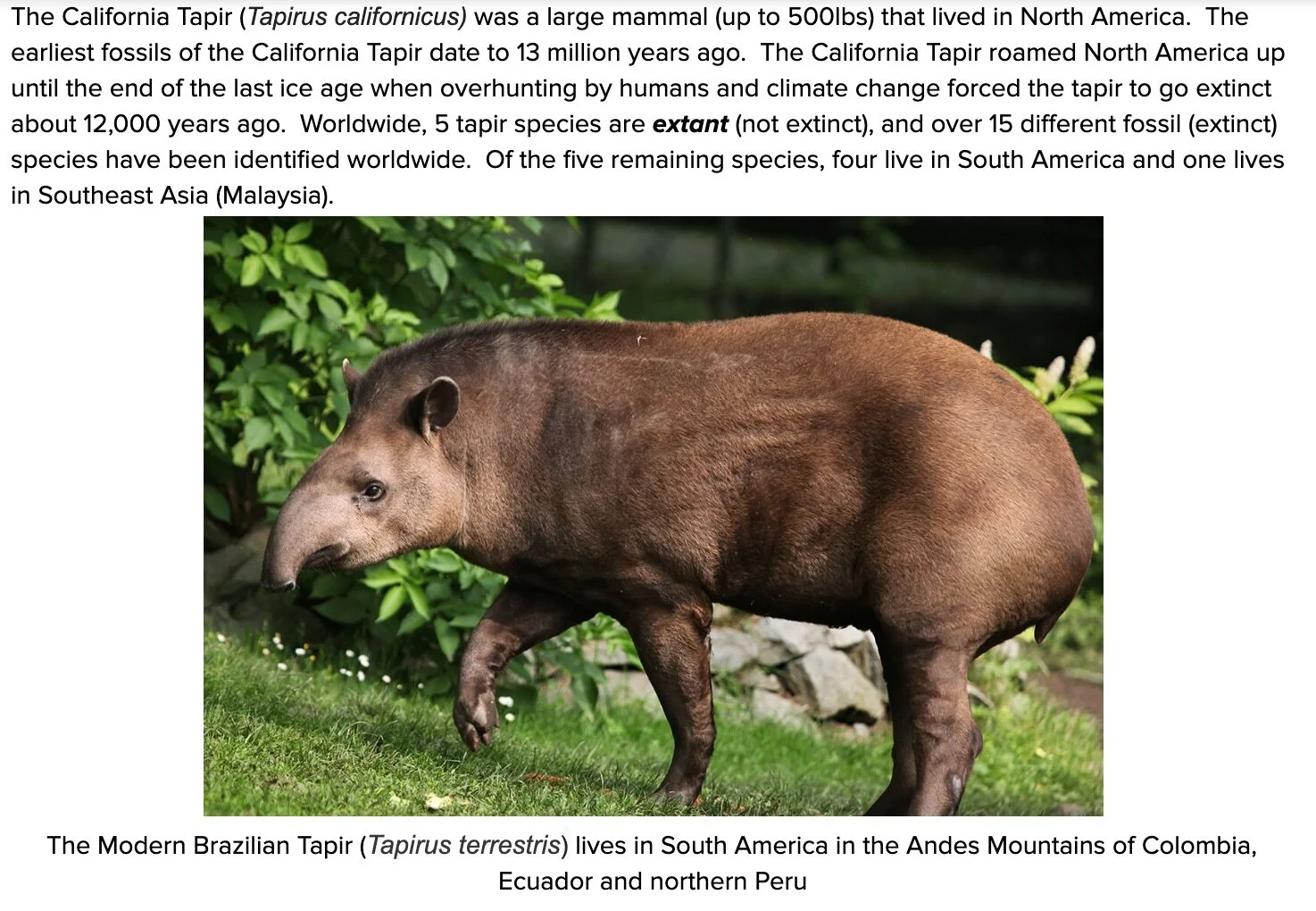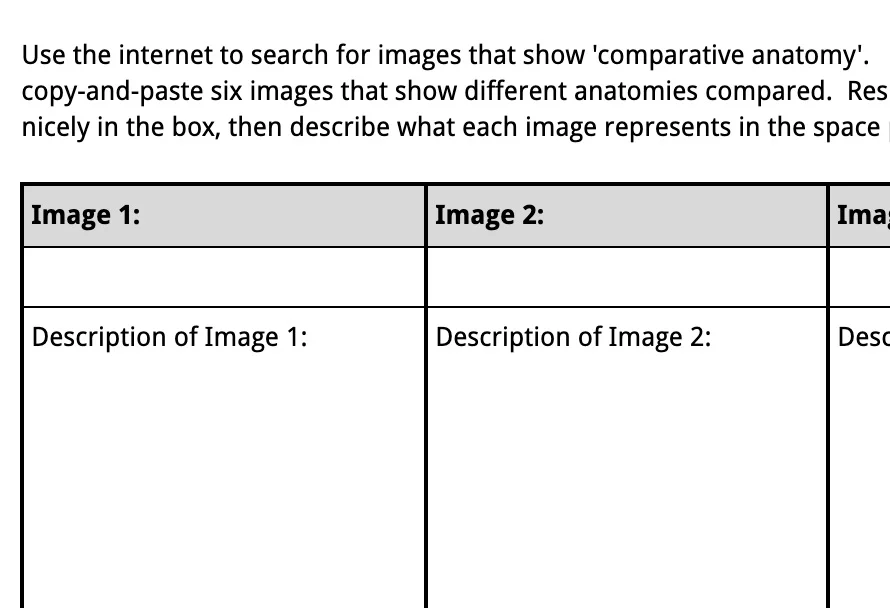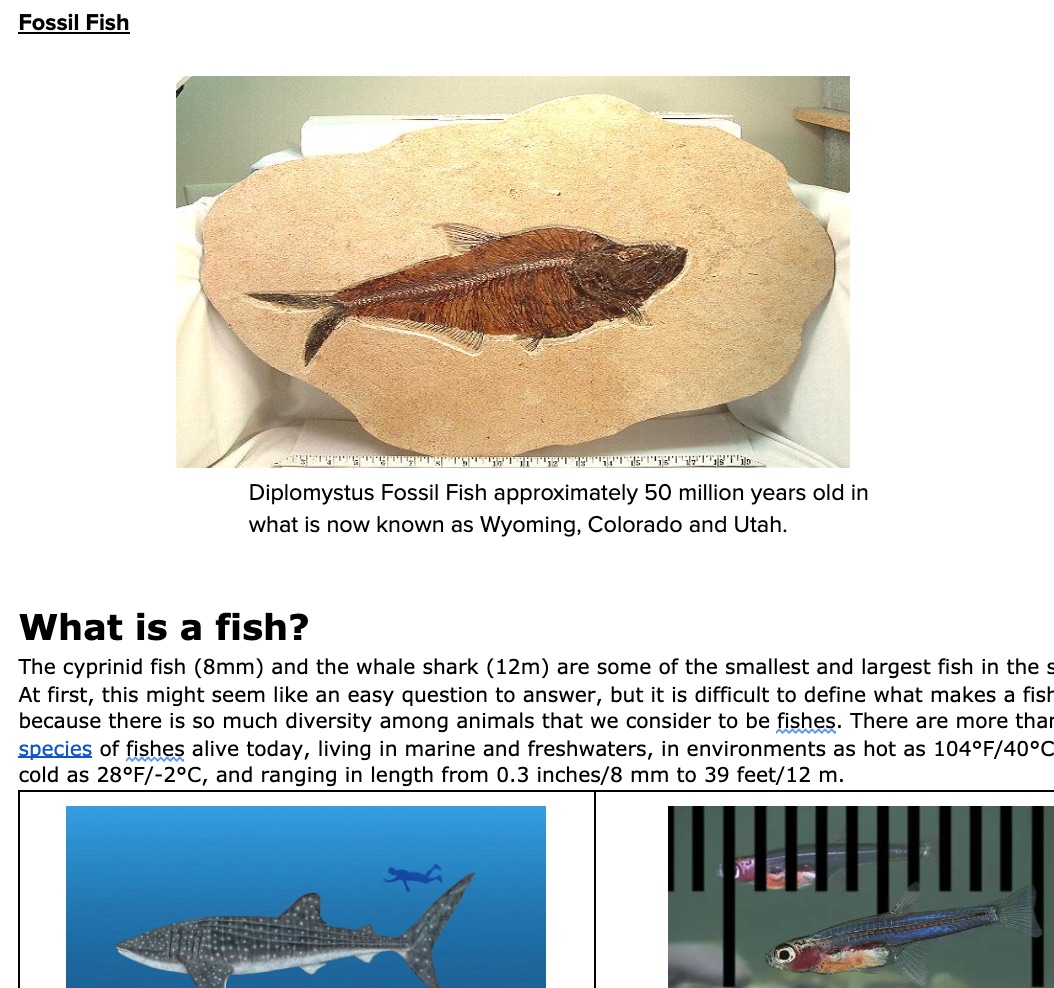MS-LS4-2: Anatomical Evidence of Evolutionary Relationships
Apply scientific ideas to construct an explanation for the anatomical similarities and differences among modern organisms and between modern and fossil organisms to infer evolutionary relationships. (Patterns)
Clarification Statement: Emphasis is on explanations of the evolutionary relationships among organisms in terms of similarity or differences of the gross appearance of anatomical structures.
Assessment Boundary: none
Science Practices
Constructing Explanations and Designing Solutions
Disciplinary Core Ideas
LS4.A: Evidence of Common Ancestry and Diversity
Crosscutting Concepts
Patterns
Assessments
The Wonder of Science Assessments
Shared Assessments
The following assessments were shared by teachers implementing the NGSS. Many of these are drafts and should be used accordingly. Feel free to improve these assessments or contribute your own. Learn more here.
Instructional Resources
Mini Lessons
The Wonder of Science Resources
Anchor Charts
Phenomena
Videos
Learning Plans
Storylines
Common Core Connections
ELA/Literacy
RST.6-8.1 - Cite specific textual evidence to support analysis of science and technical texts.
SL.8.1 - Engage effectively in a range of collaborative discussions (one-on-one, in groups, and teacher-led) with diverse partners on grade 8 topics, texts, and issues, building on others’ ideas and expressing their own clearly.
SL.8.4 - Present claims and findings, emphasizing salient points in a focused, coherent manner with relevant evidence, sound valid reasoning, and well-chosen details; use appropriate eye contact, adequate volume, and clear pronunciation.
WHST.6-8.2 - Write informative/explanatory texts, including the narration of historical events, scientific procedures/ experiments, or technical processes.
WHST.6-8.9 - Draw evidence from informational texts to support analysis reflection, and research.
Mathematics
6.EE.B.6 - Use variables to represent numbers and write expressions when solving a real-world or mathematical problem; understand that a variable can represent an unknown number, or, depending on the purpose at hand, any number in a specified set.
*Next Generation Science Standards is a registered trademark of Achieve. Neither Achieve nor the lead states and partners that developed the Next Generation Science Standards were involved in the production of this product, and do not endorse it. Visit the official NGSS website.

























